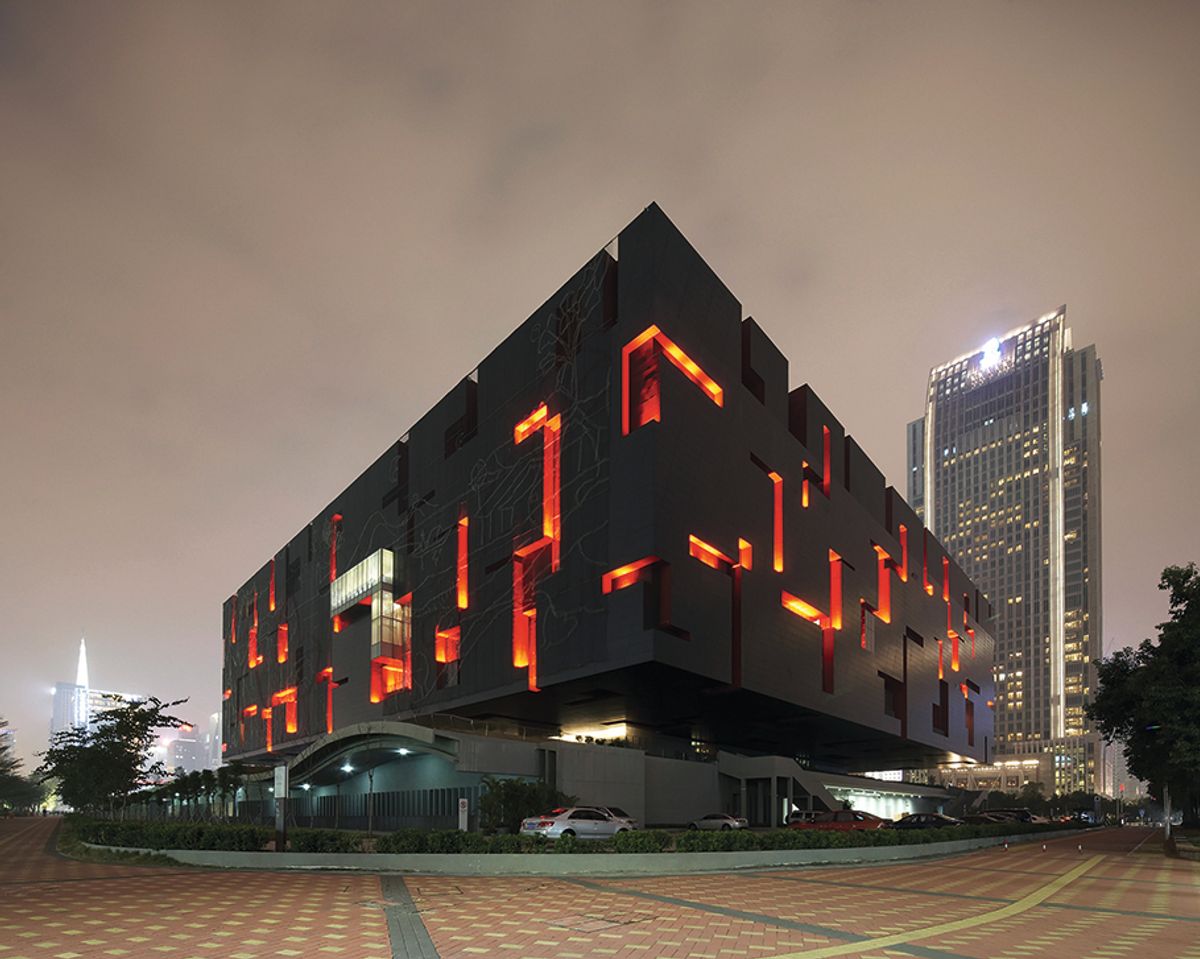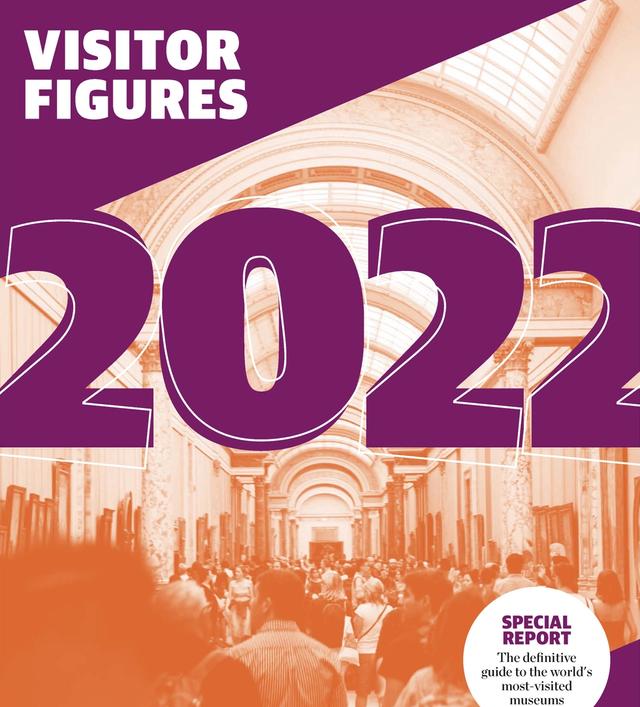The pandemic was an odd time for the art world. The most-visited art museum in 2021 was not the Musée du Louvre in Paris, but the Guangdong Museum in Guangzhou, China, which clocked in 3.8 million visitors. It is a chunky edifice overlooking the Pearl River, built to look like a traditional lacquer box and boasting exhibitions of calligraphy, architecture and scroll paintings.
If China’s numbers had been included in our list last year, Chinese museums would have filled half of the top ten slots
The Chinese government does not publish visitor figures for state-run museums until May of the following year. Therefore 2021’s figures came too late for inclusion in our survey, and 2022’s are currently unavailable. But if China’s numbers had been included in The Art Newspaper’s list last year, half of the top ten slots would have been filled by them. The National Museum of China in Beijing would have been third, while the Metropolitan Museum of Art in New York would have come eighth rather than fourth, pushed down by the Xinjiang Museum and the Nanjing Museum in Jiangsu. The British Museum would have been 20th, squeezed out by Sanxingdui Museum in Guanghan, Sichuan, the Hunan Museum in Changsha and the Datong Museum in Shanxi.
Slump
It is what you would expect of a country with the world’s largest population. Nonetheless, China’s biggest state museums still saw a slump from pre-pandemic levels. The National Museum of China’s numbers were down by 68% from 2019. The greatest decrease—of 82%—was at the Xi’an Museum in Shaanxi, with visitor numbers plummeting from 3.4 million to just 615,000.
The cause was China’s zero-Covid policy, initiated in 2020 and only recently rolled back. China placed severe travel restrictions on non-Chinese travellers from abroad, effectively barring foreign tourists. Domestic visitors were stymied by inter-city travel restrictions and intermittent lockdowns. Public buildings had irregular openings, closing if a handful of cases were detected in the area. Caps were also placed on daily visitor numbers in order to limit the risk of cross-infection—the National Museum of China, for example, is still limited to 6,000 visitors per day (less than 2.2 million a year).
For much of 2022, Chinese cities were either in lockdown or braced for one
The 2022 decline will be even more pronouced. While other countries returned to normal, for much of the year Chinese cities were either in lockdown or braced for one. The increased contagion of the Omicron variant meant trips to museums became more risky. Visiting at the same time as a person who became infected with Covid-19 could bar you from accessing all public buildings, offices, supermarkets and transport. Confirmed cases could be taken from their homes and placed in an isolation centre for weeks. It is therefore unlikely that 2022’s visitor numbers will be as impressive as those of 2021.



